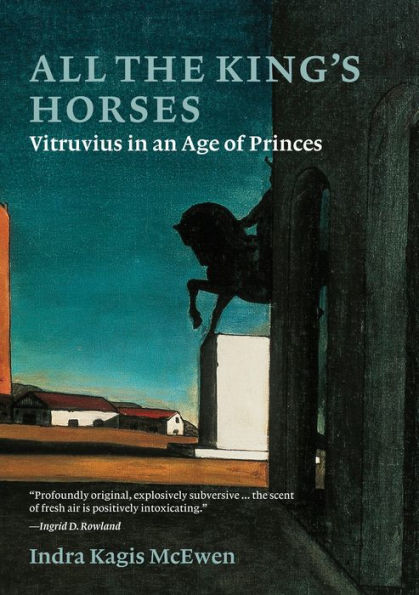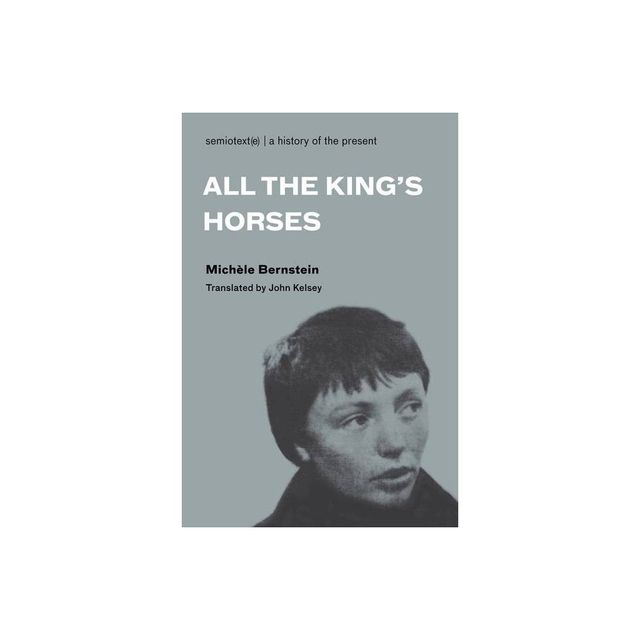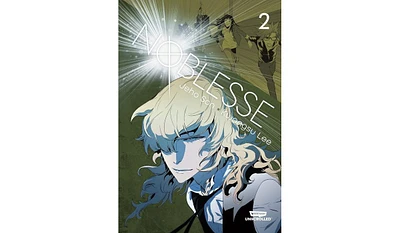Home
All the King's Horses: Vitruvius in an Age of Princes
Loading Inventory...
Barnes and Noble
All the King's Horses: Vitruvius in an Age of Princes
Current price: $40.00


Barnes and Noble
All the King's Horses: Vitruvius in an Age of Princes
Current price: $40.00
Loading Inventory...
Size: OS
*Product Information may vary - to confirm product availability, pricing, and additional information please contact Barnes and Noble
How the Italian Renaissance reinvented the power of princes by rediscovering Vitruvius and his architecture—and justified their right to rule.
In
Vitruvius: Writing the Body of Architecture
, Indra Kagis McEwen argued that Vitruvius’s first-century BC treatise
De architectura
was informed by imperial ideology, giving architecture a role in the imperial Roman project of world rule. In her sequel,
All the King’s Horses
, McEwen focuses on the early Renaissance reception of Vitruvius’s thought beginning with Petrarch—a political reception preoccupied with legitimating existing power structures. During this “age of princes” various
signori
took over Italian towns and cities, displacing independent communes and their avowed ideal of the common good. In turn, architects, taking up Vitruvius’s mantle, designed for these princes with the intent of making their power manifest—and celebrating “the rule of one.”
Through meticulous descriptions of the work of architects and artists from Leon Battista Alberti to Leonardo, McEwen explains how architecture became an instrument of control in the early Italian Renaissance. She shows how architectural magnificence supported claims to power, a phenomenon best displayed in one of the era’s most prominent monumental themes: the equestrian statue of a prince, in which the horse became an emanation of the will of the rider, its strength the expression of his strength.
In
Vitruvius: Writing the Body of Architecture
, Indra Kagis McEwen argued that Vitruvius’s first-century BC treatise
De architectura
was informed by imperial ideology, giving architecture a role in the imperial Roman project of world rule. In her sequel,
All the King’s Horses
, McEwen focuses on the early Renaissance reception of Vitruvius’s thought beginning with Petrarch—a political reception preoccupied with legitimating existing power structures. During this “age of princes” various
signori
took over Italian towns and cities, displacing independent communes and their avowed ideal of the common good. In turn, architects, taking up Vitruvius’s mantle, designed for these princes with the intent of making their power manifest—and celebrating “the rule of one.”
Through meticulous descriptions of the work of architects and artists from Leon Battista Alberti to Leonardo, McEwen explains how architecture became an instrument of control in the early Italian Renaissance. She shows how architectural magnificence supported claims to power, a phenomenon best displayed in one of the era’s most prominent monumental themes: the equestrian statue of a prince, in which the horse became an emanation of the will of the rider, its strength the expression of his strength.

















